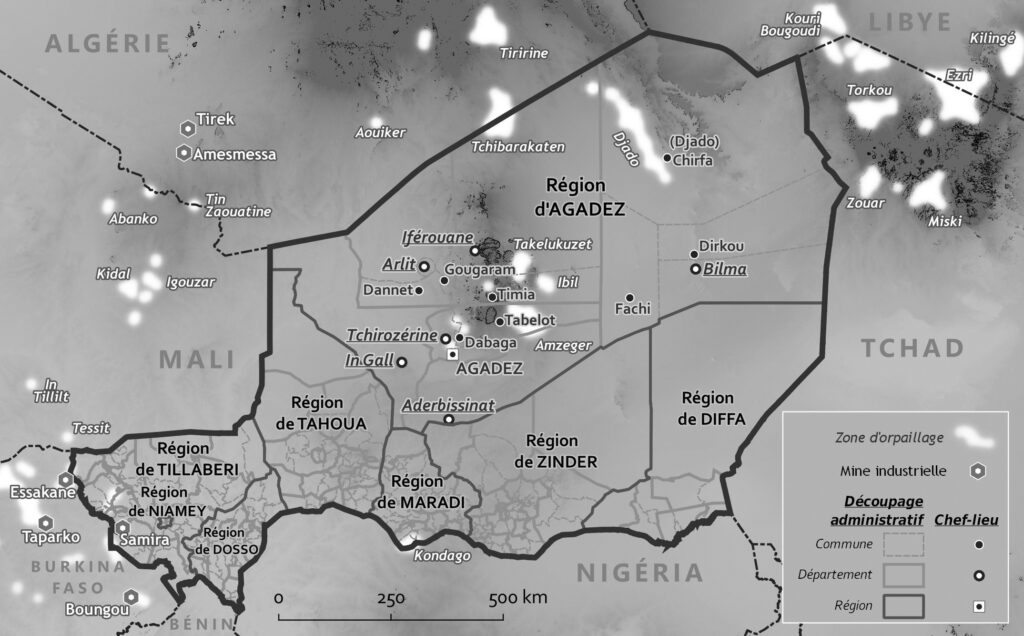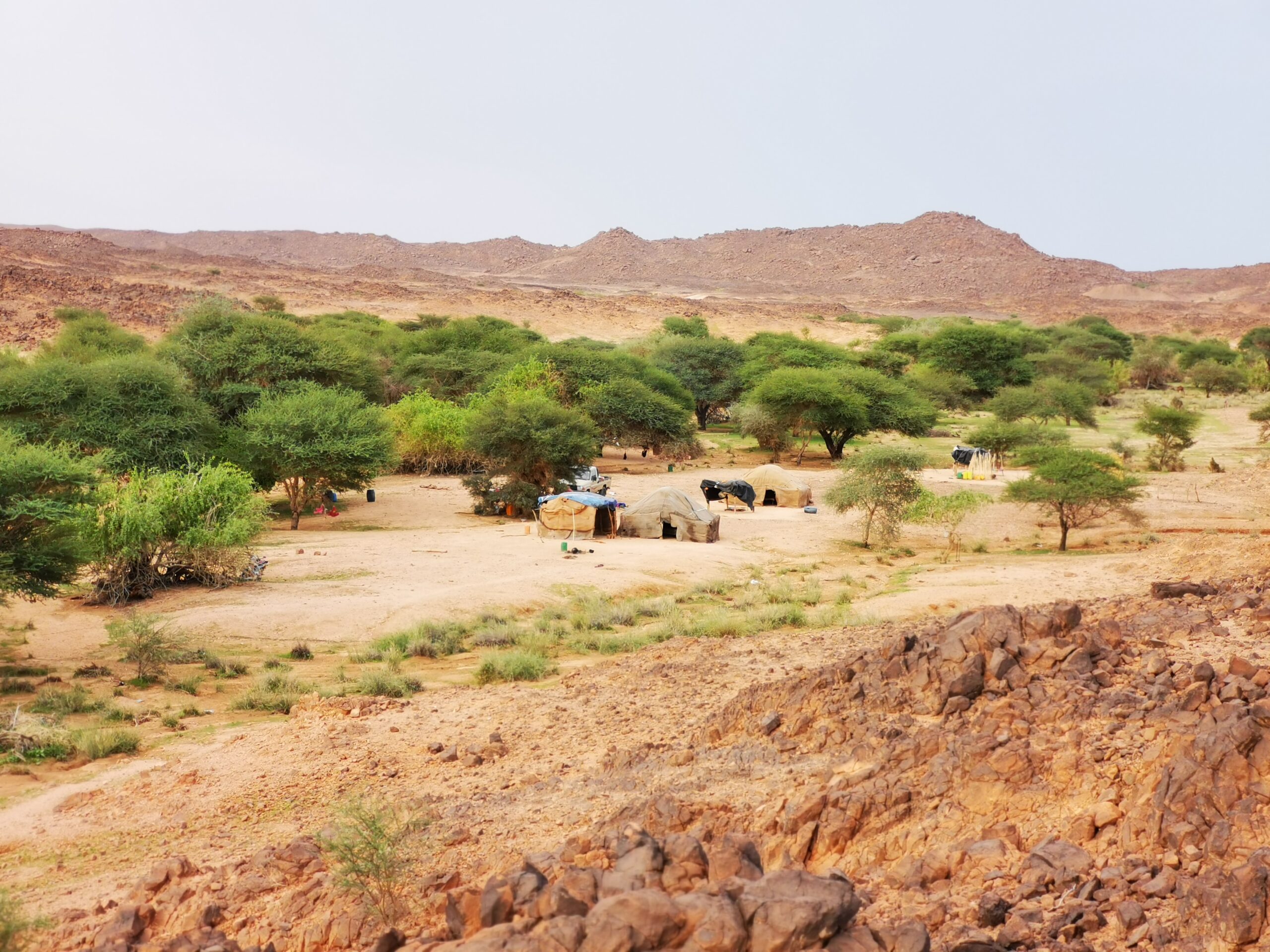In this article, I delve deeper into the intricate dynamics of Niger’s border management following the transformative impacts of the 2015 Valletta Euro-African Summit. This exploration is not merely an examination of the transposition of European border control strategies to the Sahara-Sahel region. Instead, it reveals a profound metamorphosis of Niger’s borders, reshaping both their physical manifestation and functional role.
My analysis is rooted in a triangulated methodological framework. This involves a meticulous examination of official documents, including program sheets, terms of reference (TOR), and project evaluation reports. These documents provide a structural backdrop to the study. Complementing this is my personal and direct field observations, offering a tangible, on-ground perspective. Moreover, the insights gained from semi-structured interviews with a diverse array of national and international stakeholders are pivotal. These stakeholders, deeply involved in combating irregular migration and managing borders in Niger, offer invaluable perspectives and knowledge.
The core of this extended analysis is the illumination of a multifaceted and unprecedented process of bordering within Niger. This process, as I argue, is being executed through five distinct yet synergistic strategies. These strategies are intricately designed to disperse border practices throughout the nation. They include:
A novel concept I introduce in this analysis is that of itinerant borders. This concept is key to understanding how Niger’s borders are currently envisioned, designed, and operationalized. It portrays the borders as an amalgam of mobile and flexible mechanisms that can be deployed variably, moving from a linear to a more trace-oriented approach. This dynamic is aimed at controlling the movement of individuals deemed suspicious, reflecting a shift in border control paradigms.
In conclusion, my analysis posits a paradigm shift in understanding border dynamics in Niger. It suggests that in Niger’s context, it is not the borders that dictate the patterns of movement; rather, it is the directed mobilities of specific undesired groups that are shaping the borders. This perspective invites a rethinking of border management strategies, emphasizing the fluidity and dynamism of borders in response to the movements of people.


